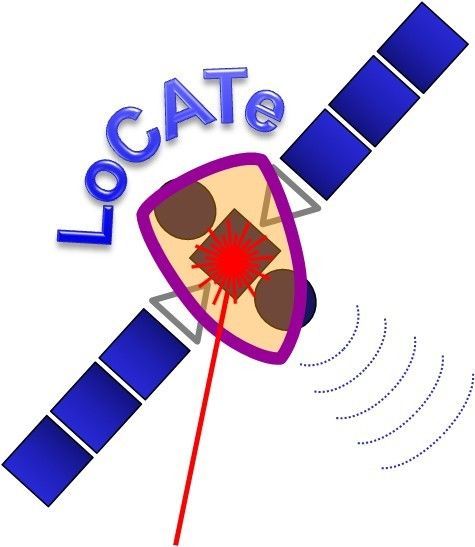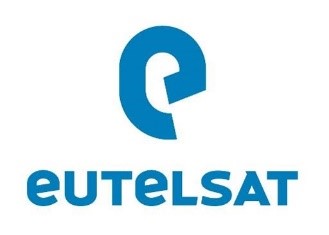
-
StatusCompleted
-
Status date2014-02-03
-
Activity Code1A.055
Objectives
a) Identify the market opportunities for solutions that would mitigate the effects of interference into satellite receivers,
b) Define solutions, by selecting signal processing techniques, satellite payload architectures and the corresponding system architectures, that could meet the requirements in reducing the effects of interference,
c) Evaluate the costs associated to the implementation and to the operation of a preferred solution,
d) Decide on the opportunity to proceed with further activities in developing and validating such a solution, and should this be decided,
e) Define the content and the programmatic elements (budget, schedule) of a roadmap that could be implemented by ESA in supporting the European and Canadian industry for proposing such a solution.
The focus of this study is on the mitigation of interferences at the satellite up link level and the target time frame for a first implementation and in orbit introduction of the solutions under consideration shall be 2017.
Challenges
The key issues of the Study are:
- Definition and selection of suitable AI/AJ techniques for SATCOM commercial systems/market;
- Trade-off between considered solution to assess performances and implementation cost having as main target the curb of this last;
- Provision of a preliminary design for the implementation of the selected techniques in the three considered SAT commercial scenarios (Ku/BSS-FSS; Ka/FSS and L-C/MSS)
- Definition of a consistent development roadmap covering the period up to 2020.
Benefits
This study has provided a very detailed overview over the anti-interference techniques which could be implemented to counteract especially deliberate interferences.
Features
The study has been developed through the definition of typical interference SATCOM victim scenarios, on the basis of which suitable technical Anti-Interference/Anti-Jamming (AI/AJ) approaches have been proposed and described with preliminary system architecture and an associated system implementation.
In the initial phase of the Study typical interference scenarios in Ku-band, Ka-band and L-band have been defined with a detailed characterisation of the end-to-end system architecture, satellite performance together with a comprehensive definition and description of the typical involuntary and voluntary interference phenomena impacting their performances and operational capabilities.
By definition, interference is originated by a source external to a signal path and producing undesired effects on the useful signal. There is a very large number of situations where interference can occur, unintentionally or deliberately. Typically, sources of radio frequency interference can be divided into two broad categories:
- Unintentional: when interference occur mainly as a result of defective equipment, operator error or propagation effects. Based on information publicly available it can be estimated that unintentional interferences represents about the 90% of the total of interferences experienced by satellite operators.
- Intentional: when the interference is deliberately generated to disturb or disrupt the communication, also called as Jamming.
Deliberate interference is becoming an important issue for satellite operators. In the frame of this study Thales Alenia Space Italy has carried out an analysis of specialized press, reference documents, literature and conference proceedings in order to outline a list of satellites which could be victim of deliberate interference actions and which could benefit from the development of anti-interference techniques.
Techniques’ Selection Activity
In the following part of the study different anti interference methodologies and techniques have been analysed, taking into account the overall system implementation.
A reference end-to-end SAT link chain is depicted in the figure below.
End-To-End Reference Chain

A number of solutions have been defined and traded-off at antenna level, RF level and processing level.
At antenna level the two basic solutions are: Direct Radiating Array (DRA) or Multi-beam antenna (MBA).These two technologies have been examined by the point of view of their capacities of nulling depending on the equivalent antenna aperture and on the number of the necessary elements and spacing.
At RF level Frequency Agile Conversion (FAC) translating a frequency input signal to another frequency output one has been analysed and scored. This agility allows use of frequency diversity in such a way to counteract intentional interference. Moreover, it may be flexibility useful for reconfiguration purposes in more benign environments.
Finally at digital level some technology coming from other satellite section as the Secure TT&C have been analysed for the implementation on the data traffic transponder and Time Domain Adaptive Filtering (TDAF) technique has been scored but not taken in consideration due to the no more mature technology suitable TLCSAT data traffic.
In the conclusion phase of the Study the trade-off activity has been completed comparing the final implementation cost of the chosen solution in term of increasing cost percentage to respect a typical SAT system cost for the three main commercial frequency range/services i.e.: Ku/BSS-FSS; Ka/FSS and L-C/MSS. In the table the results are reported.
Delta cost (%) per scenario per selected technique

Conclusions
As a result of LoCATe a subset of AI/AJ solutions have been selected. These solutions could be proposed for COMSATCOM market with a limited initial investment by SATCOM Operators and Manufactures thanks to the large experience matured in the MILSATCOM market.
A preliminary design of SATCOM payloads integrating selected AI/AJ techniques for a practical implementation in the three main SATCOMSAT scenarios as considered in the Study have been provided and a final roadmap has been outlined covering a period up to 2020.
Plan
The Study activity has been executed along one phase.





